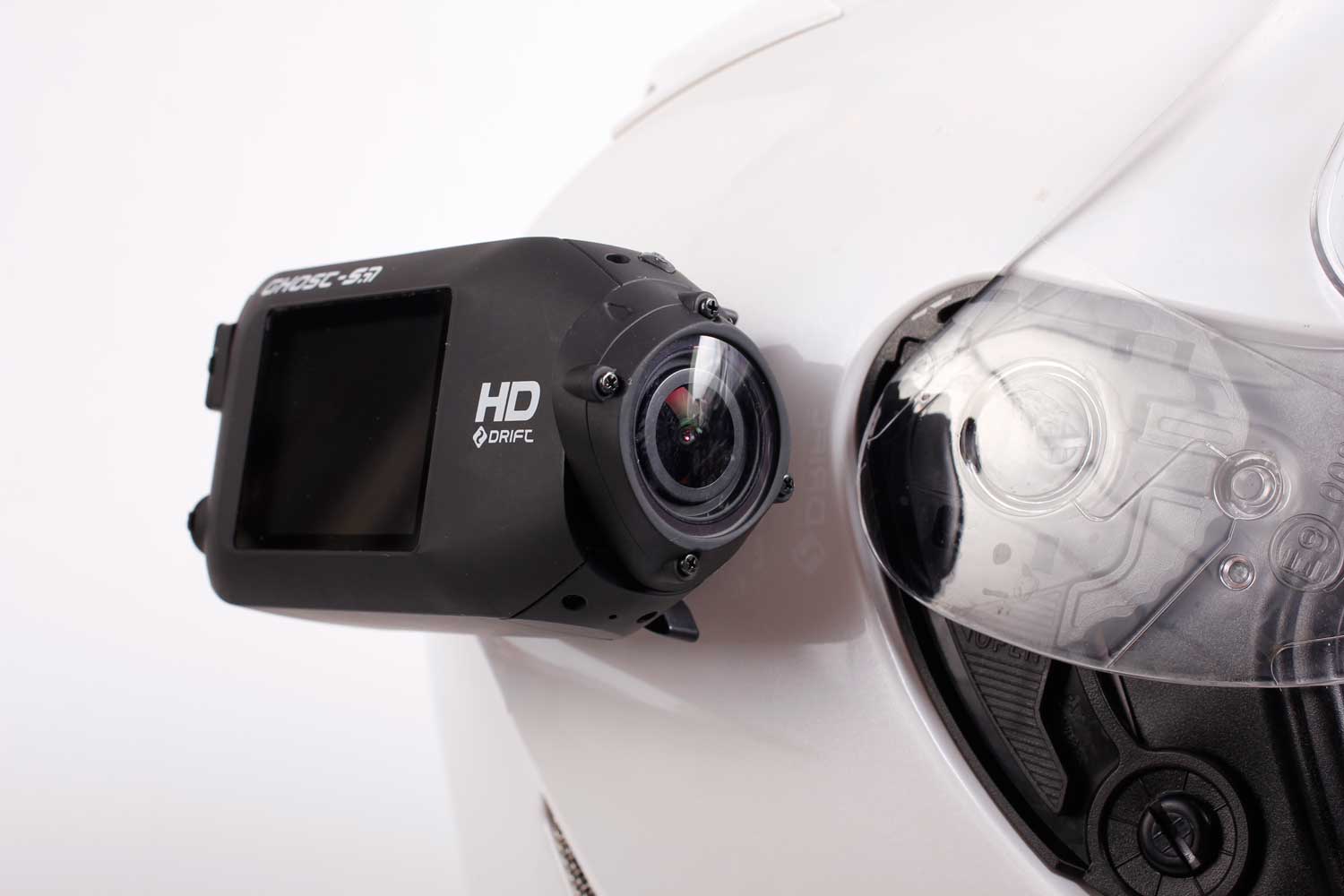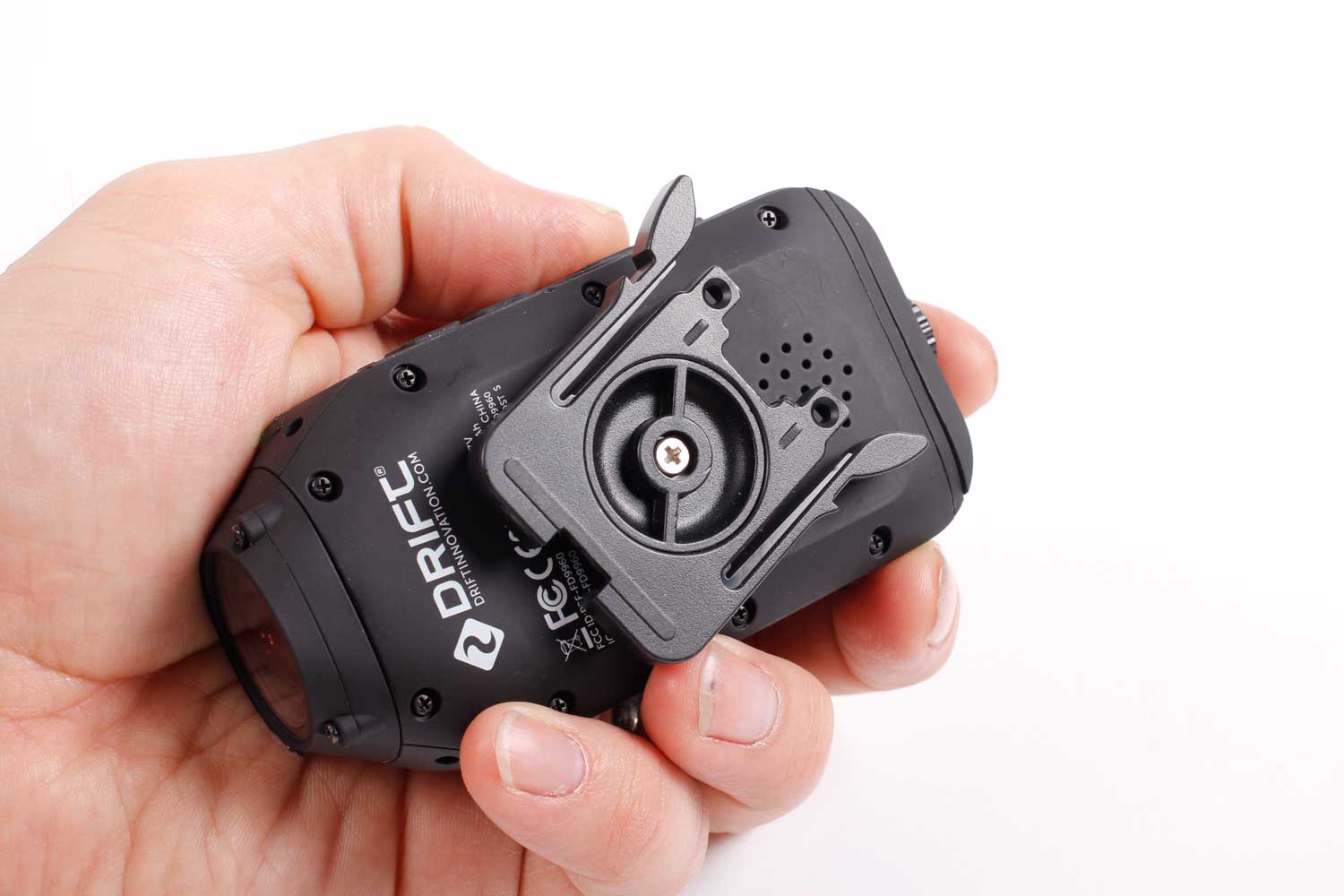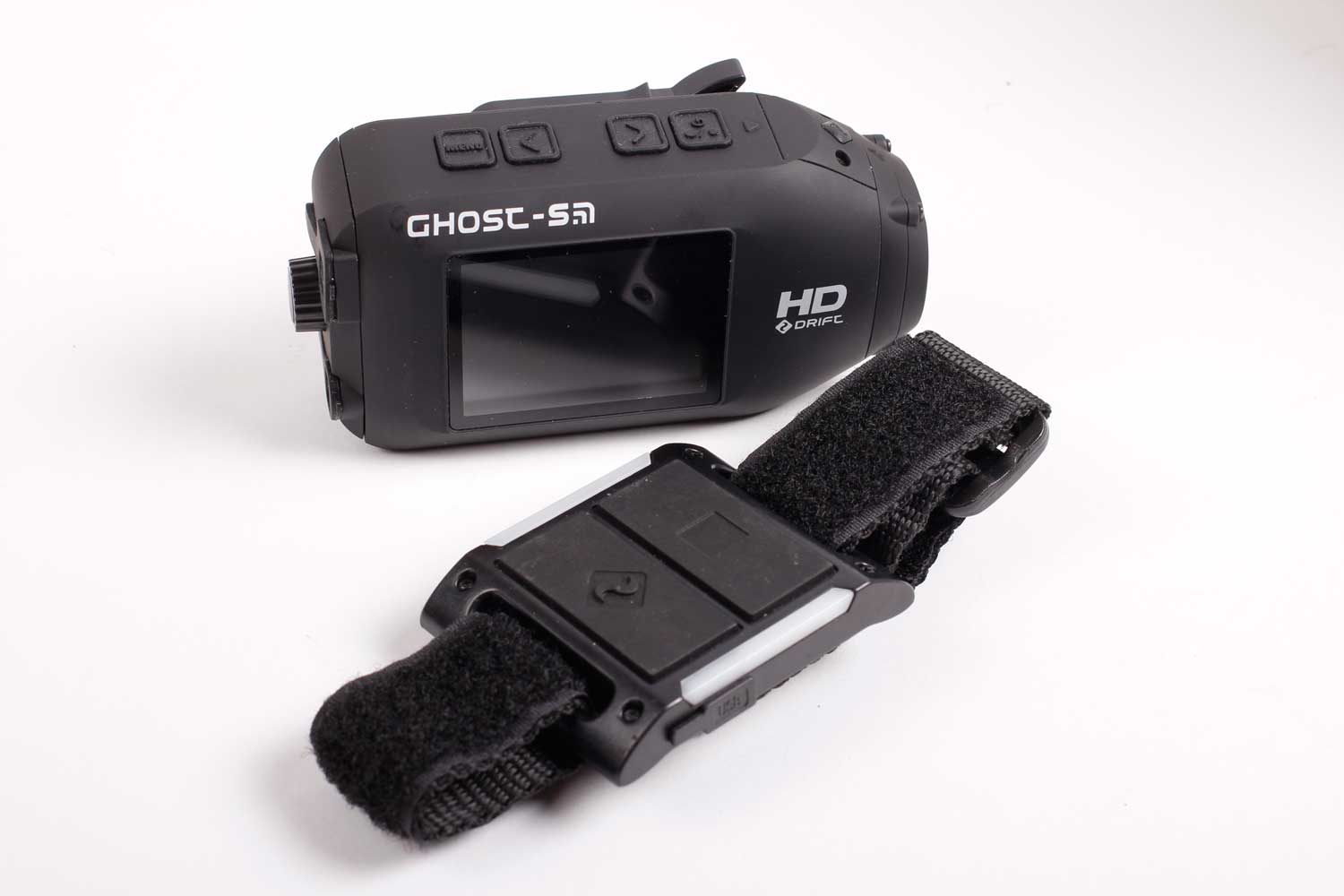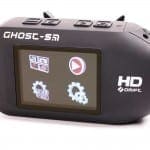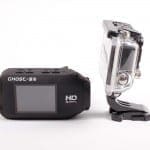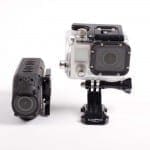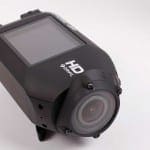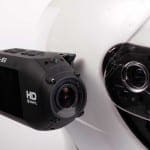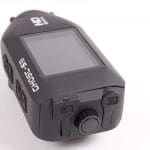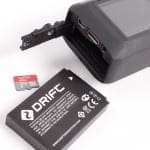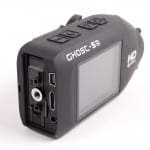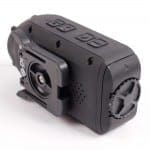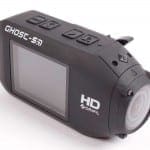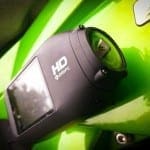Drift Ghost-S motorcycle video camera | £329 | driftinnovation.com | Tested by John Milbank
From track days to touring, for bragging rights or safety, action cams are increasingly popular, but which to choose? At the top of the market are GoPro and Drift, but with GoPro’s large fan base, it’s often hard to get a useful opinion on which is best suited to your needs.
For over a year, I’ve used a GoPro Hero 3 Black (the top model before the new ‘plus’ was introduced) and a Drift HD Ghost (now topped by the Ghost-S on review here). While the GoPro’s 4k resolution (at a low 15 frames per second) and the ability to shoot in a raw ProTune mode might appeal to professional broadcasters, it’s ease of use that really separates the two units for us bikers.
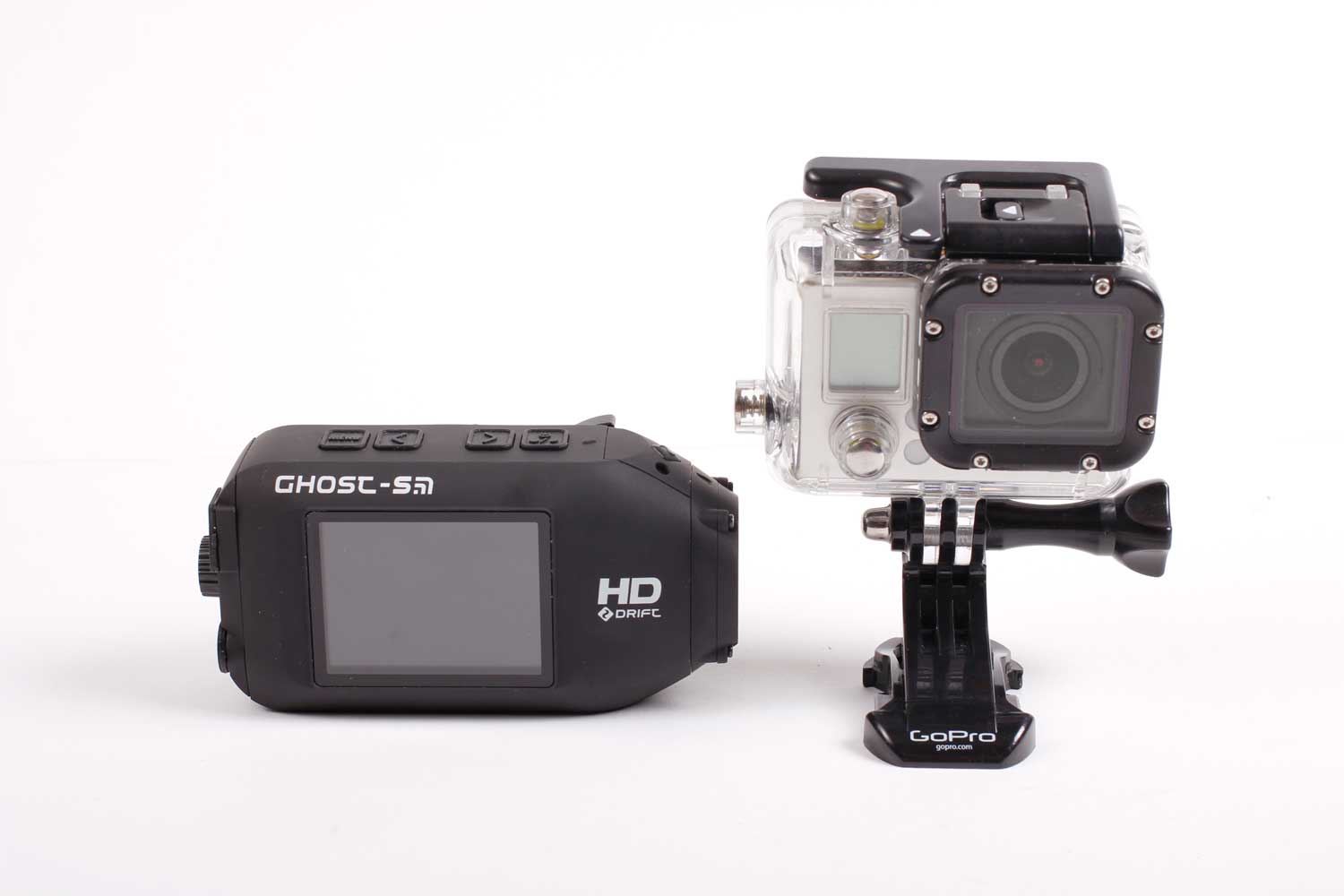
The new Drift Ghost-S has improved image quality over the older model, and running the GoPro Hero 3 Black alongside it can make choosing a winner tricky. Log onto MoreBikes.co.uk and search for ‘Drift S’ for a video showing results from both cameras.
The GoPro comes with a case that’s waterproof down to 60m. The Drift is waterproof to 3m, but that’s fine for biking and as you wouldn’t run the GoPro on a bike without its case, the weight of the two is very similar. And that’s impressive, when you consider that the Drift includes a screen and speaker for setting up and reviewing your videos. Both cameras allow you to connect to a smartphone app, but I’ve never felt the need with the Drift as the screen is such a huge benefit.
The user interface is quickly accessible from a pair of buttons on the GoPro, but the Drift’s screen offers far simpler control of all the camera’s functions, making it much more intuitive to use.
It’s the mounting system that really puts the Drift ahead – the simple clip of the Drift might be a little larger than the GoPro’s, but it’s easy to pop the camera in and out with gloved hands. This can save a lot of hassle when checking your settings just before riding. Unscrew the clip and you’ll find a standard tripod socket, offering even more options for fitting. The Drift sits snugly against the side of your helmet or bike, but the GoPro is actually a little cumbersome with its brackets and wide form, and can vibrate when riding. What really makes the difference however is the Drift’s superb Gorilla Glass-protected rotating lens: 300° of movement means you can mount the camera anywhere with the minimum of fuss, but still get the angle you want.
Video tagging is a great feature on the Drift that leaves the camera constantly recording and overwriting itself. Press the remote button and it will save the previous specified interval (five minutes for example), the current five minutes, and the next five minutes. If something interesting happens, hit the button and it’s stored on the MicroSD card.
Before the Ghost-S was launched, I used my GoPro for high-speed photography, as it offers 60fps, or a whopping 120fps at 720p, which was great for slow-motion shots. The new Drift-S now matches this, but with a superior battery life – in my tests recording at 1080p/60fps onto matching 32GB cards, the Drift recorded 156 minutes of footage, against the GoPro’s 63 minutes. The flipside to this is that the GoPro’s standby time is better than the Drift, so keep that in mind if you intend to leave the camera waiting to record for a long time.
When I’m testing a bike, I’ll often record a video review whilst riding. On a new machine and foreign roads, the last thing I want to be doing is worrying about my cameras. I’m lucky enough to be able to use a pair of Drifts, and the new S allows up to five to be synchronised, meaning settings only need to be changed once, and recordings are started/stopped together. The included RF remote control can also operate multiple cameras, and with its coloured LED feedback, you always know what’s happening. The LEDs blink just a little slowly for my liking, meaning I need to take my eyes off the road for too long to see what colour it flashes.
The Drift’s audio quality is acceptable. Keeping in mind that the unit is waterproof, is does a reasonable job of picking up sound, though on bike it’s all lost to wind noise. In its waterproof case, the GoPro is hopeless at picking up speech, but does manage to filter a lot of windnoise out so you can hear the engine when riding. The Drift does allow you to use an external mic – something the GoPro doesn’t offer – and it’s how I record my voice in launch reports. A little high-pitched interference can be heard, but it could allow you to focus on exhaust of engine tones quite well. The Drift isn’t quite as waterproof with the mic inserted, but I’ve ridden in pouring rain without any problems (though I do pop a bit of tape around the connector, just to be sure).
Both cameras give superb quality results, worthy of any HD TV, but as a biker the only downside to the Drift is its audio quality in the wind. The ease of mounting, simple remote control, superior battery life and the built-in screen make it a great piece of kit for motorcycles.

